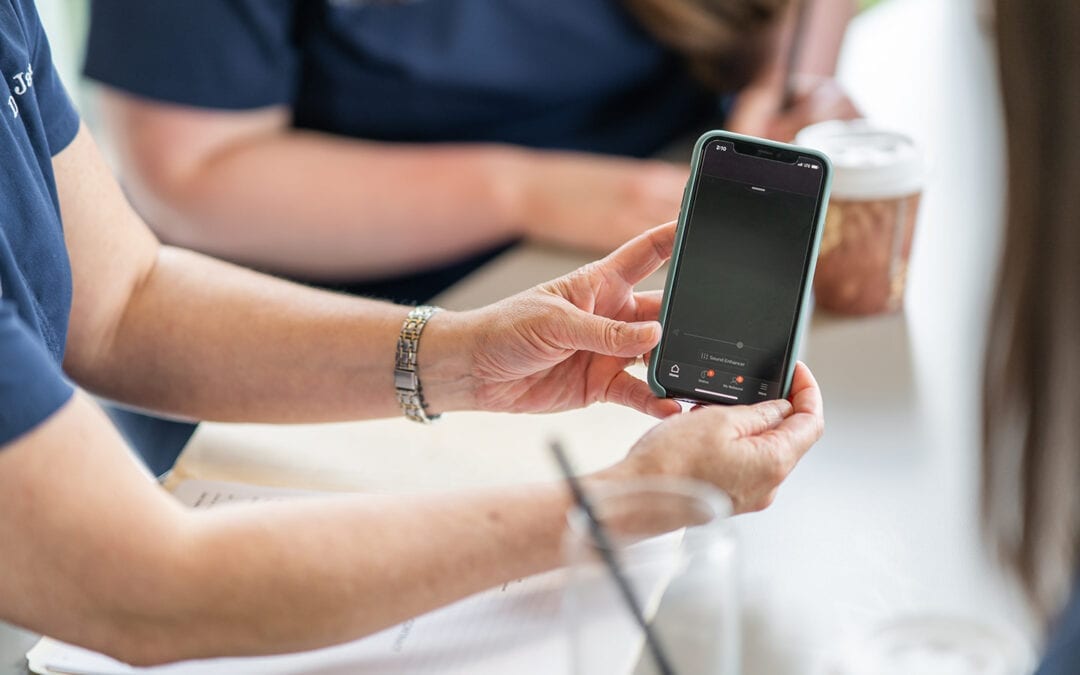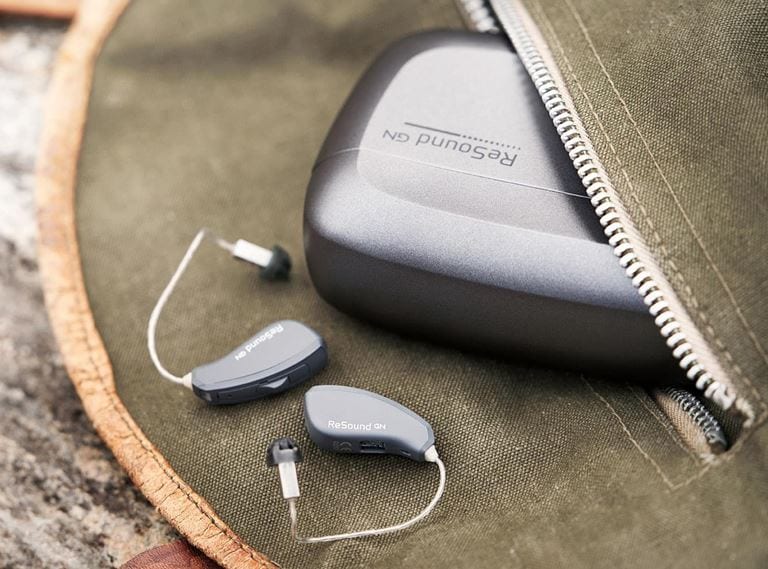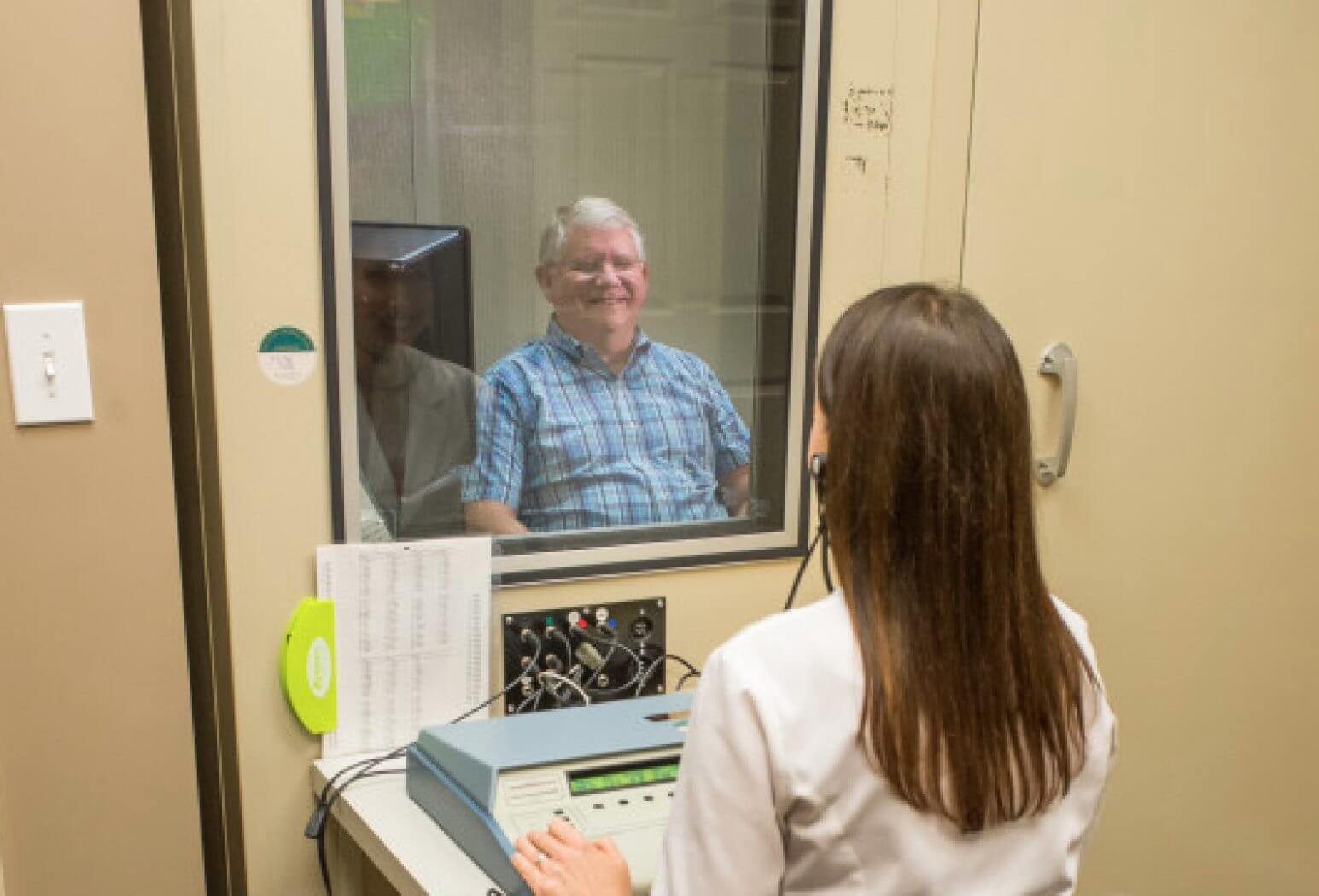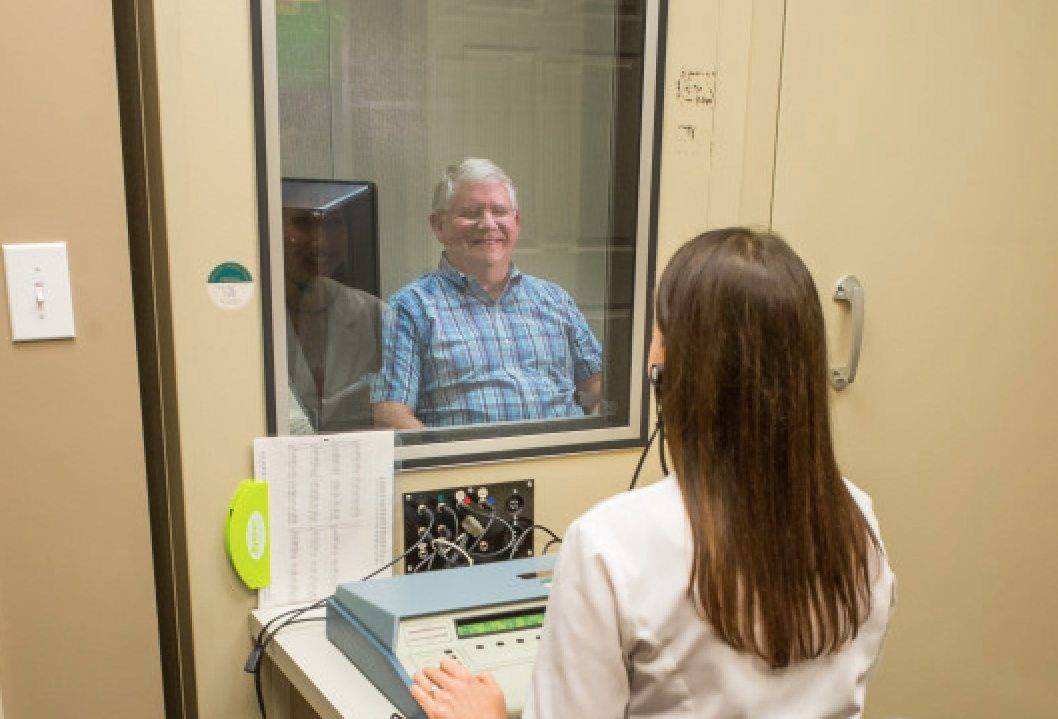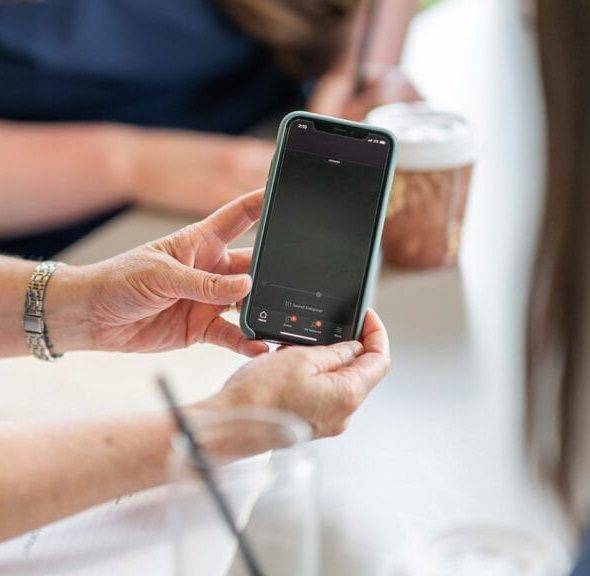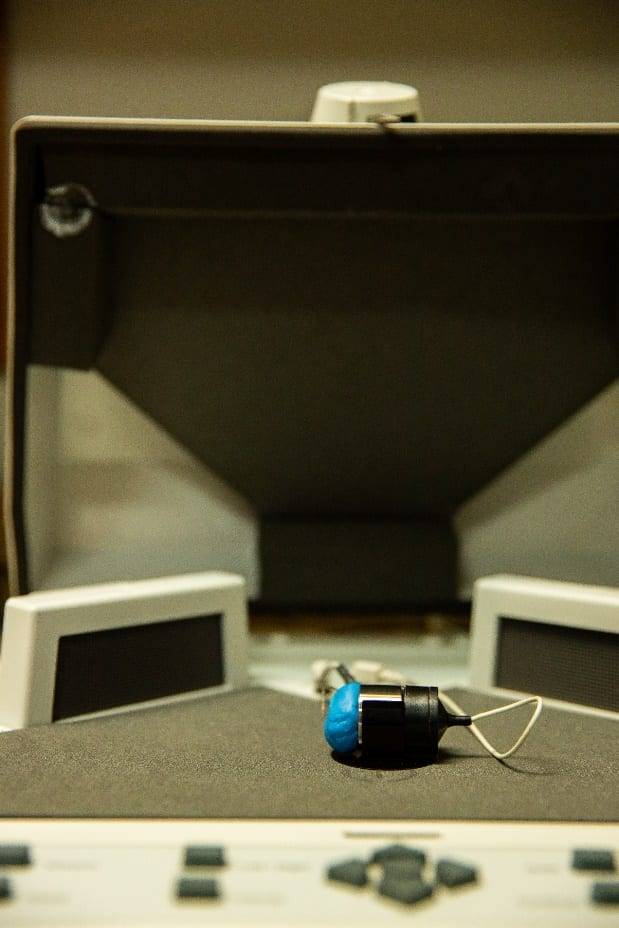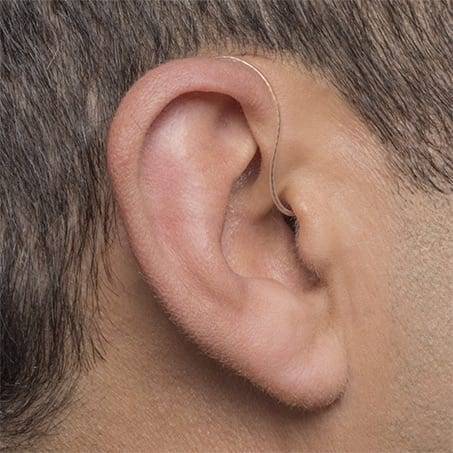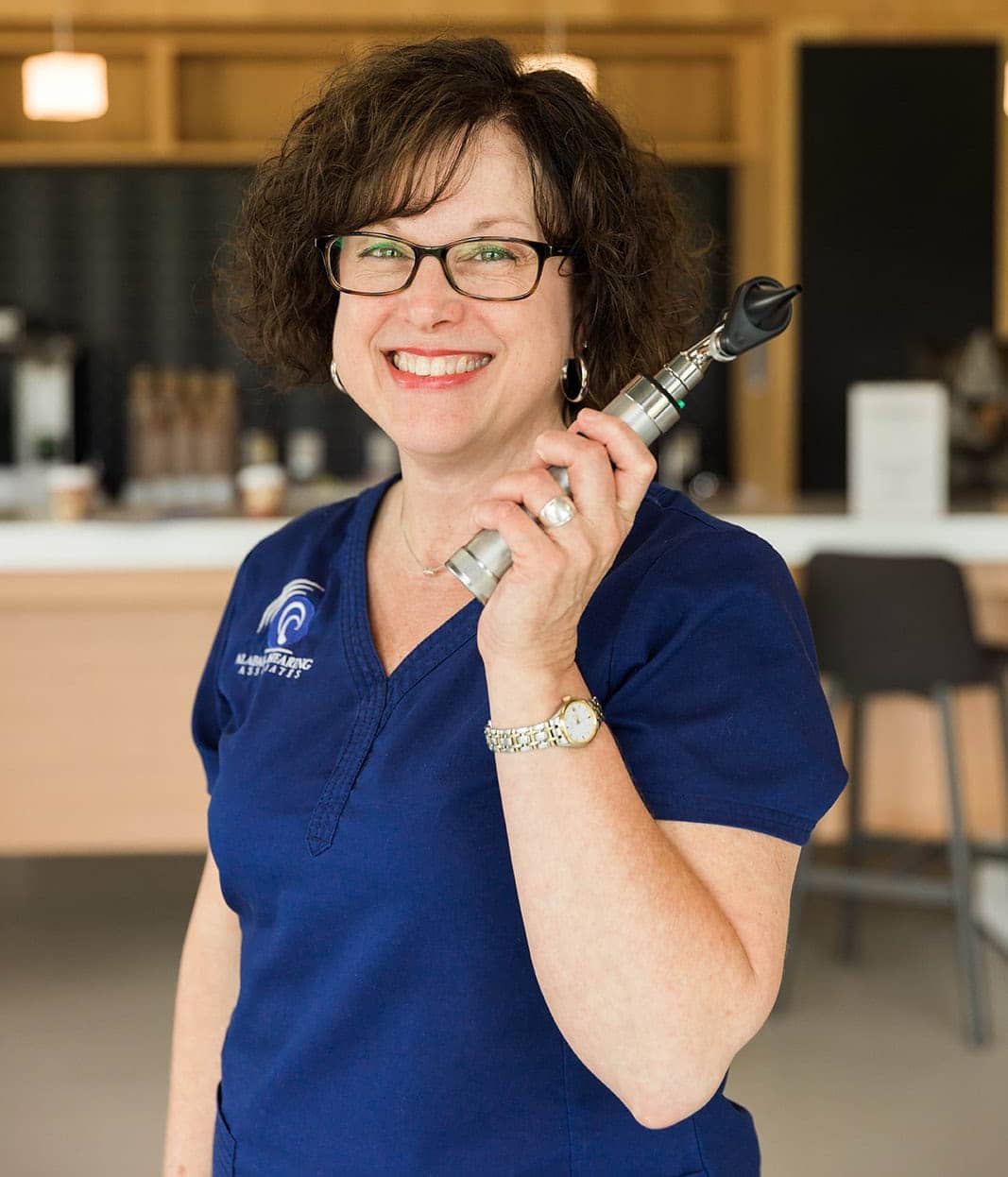Google recently announced a new feature for Android smartphones called Sound Notifications.
The Sound Notifications on Android is the latest of the several advancements technology companies have introduced to help people with hearing loss.
First, I applaud Google and other Big Tech companies for innovations like Sound Notifications that support people with hearing loss.
Also, I wanted to take this opportunity to provide our patients and the community with a quick overview of technological innovations that benefit people with hearing loss.
Sound Notifications on Android Help Increase Safety
Sound Notifications on Android uses push notifications, phone vibrations, or flashing of the phone’s camera light to alert users their smartphone’s microphone has detected one of ten sounds.
Most of the noises Sound Notifications on Android make users aware of can have an impact on safety.
Examples of the sounds this feature can identify include:
- Smoke and fire alarms
- A baby’s cry
- Water running
- A knock at the door
- Beeping appliances
- Barking dogs
My advice for people with hearing loss is they should also invest in safety devices designed for their needs.
For instance, smoke detectors for hearing impaired individuals flash high-intensity strobe lights to indicate there could be a fire.
A bed shaker or a pillow shaker that activates when a smoke alarm sounds also can be helpful.
Innovations Have Made Life Easier for Hearing Aid Users
Many hearing aids are designed to connect wirelessly with smartphones, televisions, tablets, and other devices.
Users can stream audio from a smartphone or another compatible device directly to their hearing aids.
This advancement has improved the quality of life for countless individuals with hearing loss.
Here are a few of the numerous ways that connecting hearing aids to smartphones and other devices make life more convenient for people with impaired hearing.
Instead of struggling during telephone calls, users hear the caller’s voice via their hearing aids.
They can listen to a compatible television without having to turn the volume to a level that’s uncomfortable for other people in the room.
People who weren’t able to enjoy music can stream it to the hearing aids.
Apps and Artificial Intelligence Improve Communication
You may be wondering how someone would connect their hearing aids to a smartphone.
The answer is through an app. Every major hearing aid manufacturer has at least one app that allows wearers to connect their hearing aids to a smartphone.
While each app’s sophistication varies among manufacturers, at a minimum, these apps allow wearers to control their hearing aid settings with their smartphones.
For example, a user who has trouble hearing or understanding a conversation can adjust features such as volume, noise reduction, or directionality to improve the communication experience.
Certain hearing aids are equipped with artificial intelligence (AI).
How AI improves the hearing aid user experience varies by hearing aid brand.
In some cases, AI makes instant adjustments based on the user’s environment.
For instance, if you were wearing such a hearing aid at a cocktail party, AI would adjust the settings on your hearing device to lower background noise and focus on the voices of people speaking directly to you.
Certain AI-equipped hearing aids use a combination of wearer input and cloud data to calculate hearing aid settings to suggest to the wearer.
Device Compatibility for Sound Notifications on Android
Android devices are compatible with hearing aids, which can help to amplify sound and make it easier for you to hear notifications. You can check if your device is compatible with hearing aids in your phone’s settings under “Accessibility” and “Hearing Aid Compatibility.”
By using these features, you can customize your sound notifications on your Android device to better suit your needs if you have hearing loss.
Hearing Aid Experts in Alabama
For further information about how to link up your hearing aids to your smartphone or to learn more about Sound Notifications on Android, contact our team!
If you would like to set up a no-contact consultation with one of our friendly audiologists, fill out the form on this page, and we will get back to you with a confirmation of your virtual appointment.

